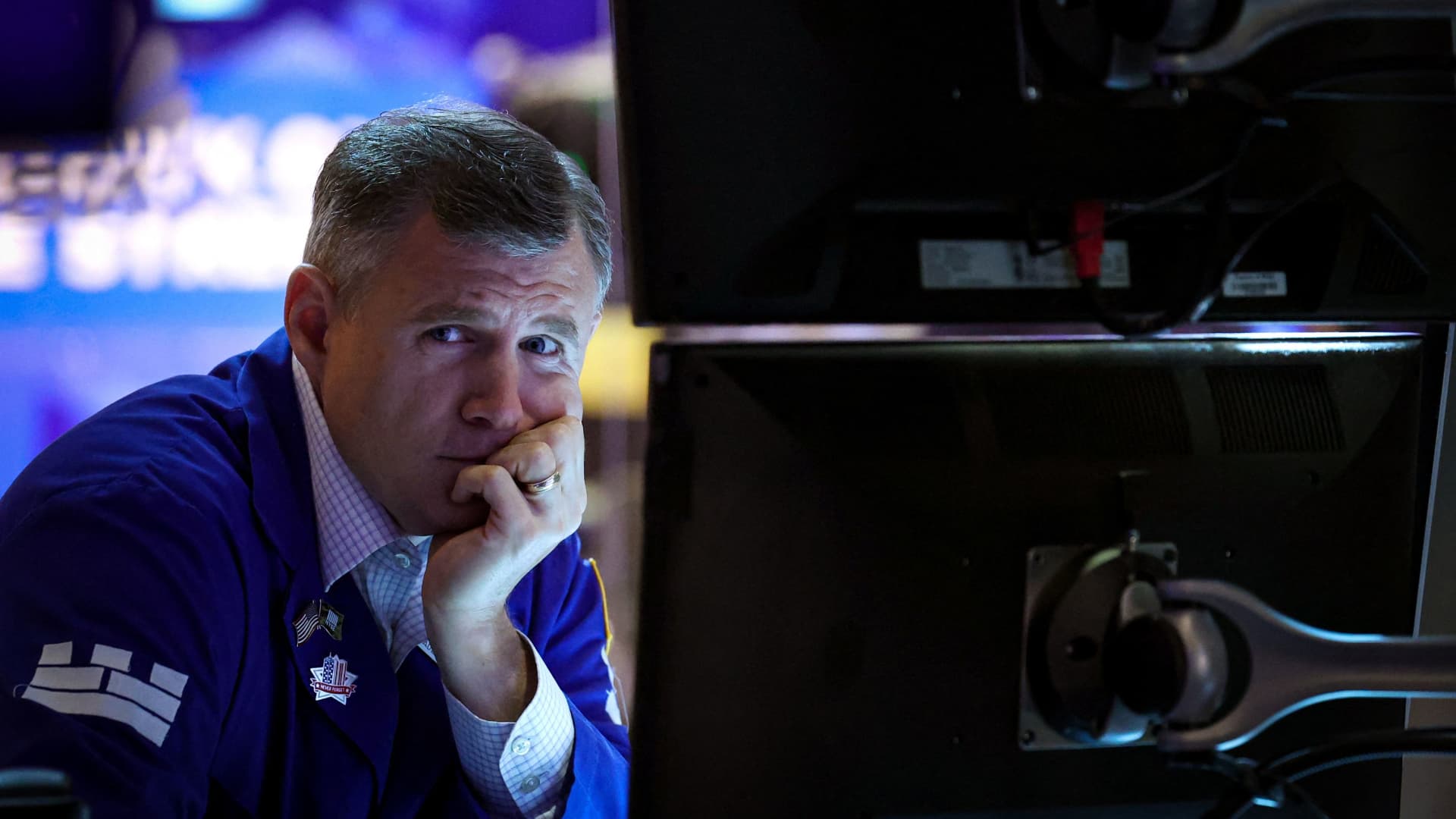The year 2025 has brought a peculiar phenomenon to the stock market: a sudden surge of interest in so-called “unloved” stocks. These are companies that have, for various reasons, fallen out of favor with investors. Yet, on a seemingly ordinary Tuesday, these stocks caught a bid, sparking a wave of buying activity. The question now is whether this resurgence is a fleeting romance or a lasting affair.
Understanding the Unloved
Unloved stocks are not necessarily failing companies. They often represent businesses that have been overlooked due to sectoral shifts, economic downturns, or company-specific issues. For instance, traditional retail companies have struggled in the face of e-commerce giants, while fossil fuel companies are grappling with the rise of renewable energy. Economic downturns also play a role, as investors flock to safe-haven assets, leaving more cyclical stocks behind.
Company-specific issues, such as product recalls or management scandals, can also lead to a decline in investor confidence. Additionally, stocks removed from major indexes like the S&P 500 and Nasdaq 100 often become unloved, despite historically outperforming their former indexes. This phenomenon was highlighted by Rob Arnott, who noted that these stocks tend to outperform by a significant margin in the years following their deletion.
The Appeal of the Underdog
Despite their lack of popularity, unloved stocks can be surprisingly attractive to certain types of investors. Value investors, in particular, are drawn to these companies, seeking out those whose stock prices trade below their intrinsic value. Several factors can trigger a renewed interest in these forgotten corners of the market.
Market rotations are one such factor. Capital flows between different sectors and asset classes as investors seek better returns. A rotation from high-growth tech stocks, for instance, might lead investors to explore undervalued sectors like energy, industrials, or materials. Undervaluation is another key factor. As the market climbs, valuations become stretched, making it harder to find reasonably priced stocks. Unloved stocks, often trading at low price-to-earnings ratios or price-to-book ratios, can offer a compelling alternative.
Turnaround potential is also a significant draw. Some investors specialize in identifying companies that are facing temporary challenges but have the potential to turn things around. These “deep value” investors are willing to take on risk in exchange for potentially high returns. Contrarianism is another factor, as some investors simply enjoy betting against the crowd, believing that the market often overreacts to news and that the best opportunities arise when sentiment is at its lowest.
The Tuesday Phenomenon
The fact that these unloved stocks caught a bid on a Tuesday in 2025 is indicative of the complex dynamics that drive the market. This could have been triggered by several factors, including profit-taking in high-flyers, positive economic news, sector-specific catalysts, or even a recommendation from a prominent investment club.
Profit-taking in high-flyers is a common market phenomenon. A period of strong performance in growth stocks might have led investors to take profits and reallocate capital to undervalued areas. Positive economic news can also boost confidence in cyclical stocks, leading to a broad-based rally. Sector-specific catalysts, such as a favorable regulatory ruling or a breakthrough technology, can spark interest in previously neglected companies.
A recommendation from a prominent investment club, such as Jim Cramer’s Investing Club, can also influence market behavior. Short covering is another potential trigger. A sudden surge in buying could have been triggered by short sellers covering their positions, further driving up prices.
The Sustainability Question
The sustainability of this rally in unloved stocks is far from certain. Several factors will determine whether this is a fleeting moment or the start of a longer-term trend. The underlying fundamentals are crucial. Ultimately, stock prices are driven by earnings. If the unloved companies can demonstrate improved financial performance, the rally is more likely to be sustained.
The broader economic environment also plays a significant role. A strong and stable economy will provide a more favorable backdrop for these companies to thrive. Conversely, a recession could quickly derail the rally. Investor sentiment is another key factor. Market sentiment is fickle. A return of risk aversion could easily send investors back to the perceived safety of large-cap growth stocks.
The continuation of the rotation from high-growth stocks will also be crucial. The rally will depend on whether this trend continues. Additionally, political factors, such as tariff pauses and deregulation, could provide tailwinds for small-cap stocks, which are often found among the unloved.
A Word of Caution
It’s crucial to remember that not all unloved stocks are created equal. Some are undervalued gems waiting to be discovered, while others are simply dogs that deserve to be left behind. Thorough due diligence is essential before investing in this area of the market. Investors should carefully analyze a company’s financials, its competitive position, and its long-term growth prospects.
Conclusion
The resurgence of unloved stocks in 2025 is a reminder that the market is constantly evolving. Opportunities can arise in unexpected places, and fortunes can be made by those who are willing to look beyond the headlines. However, it’s essential to approach this area of the market with caution and a healthy dose of skepticism. Whether this rally will last remains to be seen. Only time will tell if these forgotten companies can truly reclaim their place in the sun. In the meantime, investors should embrace the opportunity but tread carefully, ensuring they conduct thorough research before making any investment decisions.

